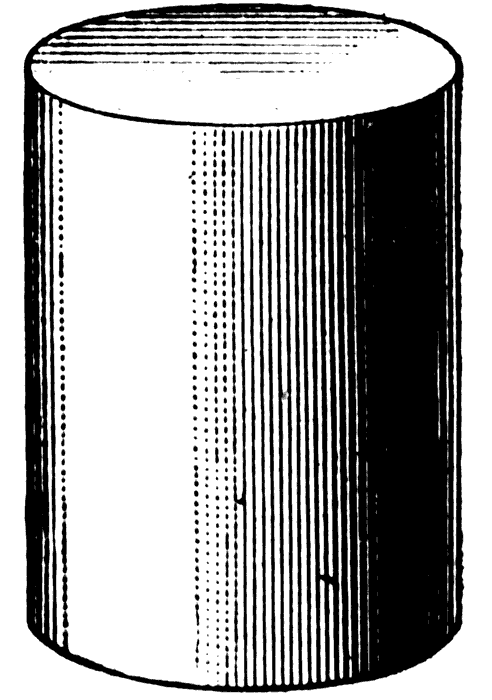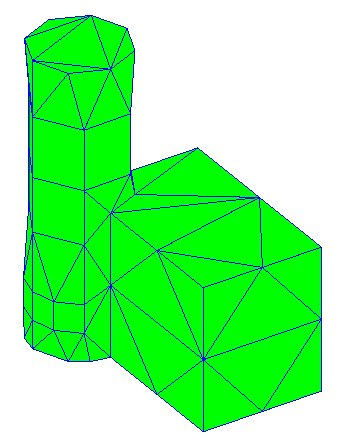|
|
LITR 5431
Literary & Historical Utopias
|
|
Melissa Bray
April 2019
Childrearing in Utopias
My first research post and my midterm
both focused on why educators should teach utopian texts in secondary education.
Unfortunately, there is not much information or research about how to do so
effectively or why it is so important. I feel like I made a solid argument for
it in my assignments, though, and that we have touched upon it quite a bit in
our seminar discussions. The utopia genre is essentially a “literature of ideas
that sparks discussion” and consideration about how mankind can improve their
environment and live more harmonious lives, with themselves, others, and our
world (Dr. White). While I ran into a dead end concerning utopias in education,
one thing it did inspire me to start considering is how our utopian texts
contribute to a literature of ideas about how we can improve childrearing
practices (and essentially the fundamental education) of our youth.
Before I go into what utopian texts illustrate about childrearing, I want to point out relevant information regarding it today. As an educator, I know that the type of environment and people that a student is around outside of school affects how they perform in school and further on in life. For example, a student who has two parents at home who are involved in and place value on education are more successful in school and extracurricular activities than those students who lack that kind of support at home, and they generally go on to be more successful individuals. The Inside Higher Ed website discusses a study that found that “students who grow up in single-parent homes complete fewer years of education and are less likely to earn a college degree” (2015). It is not always the parents' fault, because many of my students come from single-parent households where the parent has to work all the time just to keep afloat, and often that student either has to work also or help take care of the family, which sometimes causes school to be put on the backburner. The Pew Research Center has also done multiple studies on household dynamics, and they have found that less than 50% of children are raised in a household where both of their biological parents are present; 26% live with a single parent, usually the mother, and another 5% don’t live with either parent at all (2015). Other similar factors we have discussed in class include: people are waiting longer to get married (if at all), approximately 50% of these marriages are ending in divorce, people are having fewer children, and those children who are born are raised in drastically different ways than within the “traditional nuclear” family.
While there is a general belief in society today (and
even studies that prove) that children who are raised by two involved parents
are more successful in life, it would seem as though many of our utopian texts
disagree.
In Le Guin’s The Dispossessed,
especially on Anarres, men
and women were allowed to sexually interact, reproduce, and create families
almost as they saw fit. Granted the narrator’s mother was more absent than not,
but children had families and would go to school for their education.
The Dispossessed was honestly very
long, confusing, and hard for me to follow, so I do not feel too comfortable
going into a lot of detail, but these more recent course texts are where it
seems as though another major change in the family dynamics occurs. Atwood’s
The Handmaid’s Tale presents us with
a society where successful births are rare, so the women that have had
successful pregnancies, births, and matured children are “valued.” By valued I
mean captured, brainwashed, and used for breeding purposes. These women are
forced to have sex with high-up, important men in the society that have barren
wives, and bear their family a child. The handmaid is not allowed to do any more
than give birth to and nurse the infant, and then it is the “traditional family”
that takes over the baby’s care afterwards while the handmaid goes on to try to
give another family a baby. There are even more differences in the show created
based on Atwood’s novel, and you see girls separated into their own school where
they are raised and educated once they have grown older. Since I know how family
dynamics affect a child in the educational setting, birth, childrearing, and
educational practices in utopias has become my newest interest that I would like
to continue to delve into for the final exam. I am interested to see if there is
a preference for the traditional family, or rather a “community” raising of
children in place of the family, and if their practices and education they use
with their children support or challenge the way we do things in our modern
society.
Works Cited
Callenbach’s
Ecotopia
Gilman’s Herland
Rand’s Anthem
Dr. White – UHCL Literature Department
https://www.pewsocialtrends.org/2015/12/17/1-the-american-family-today/




